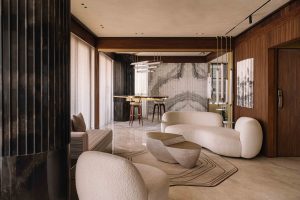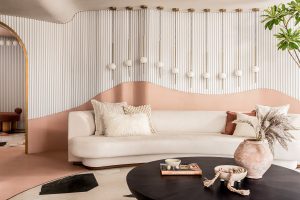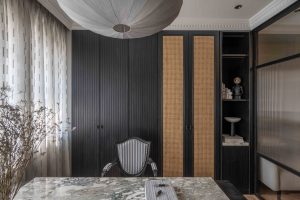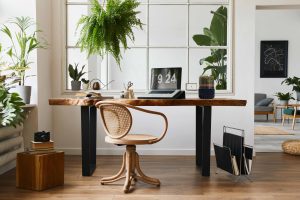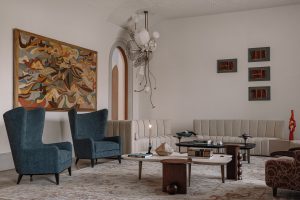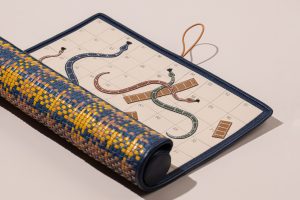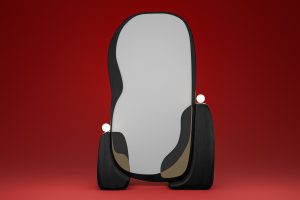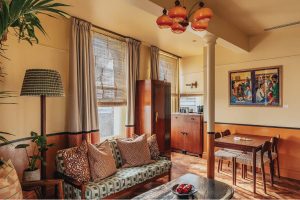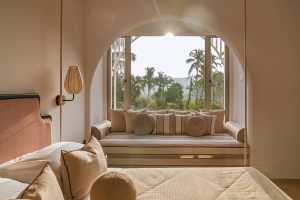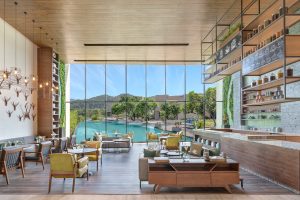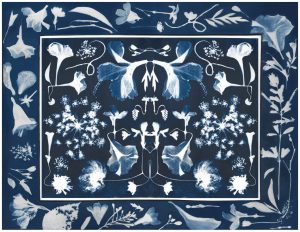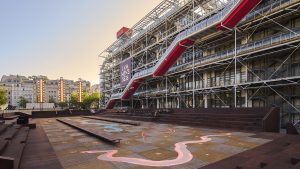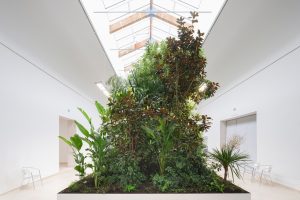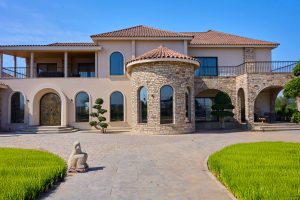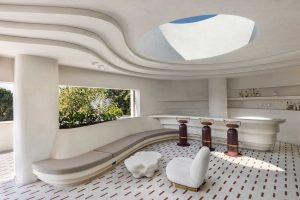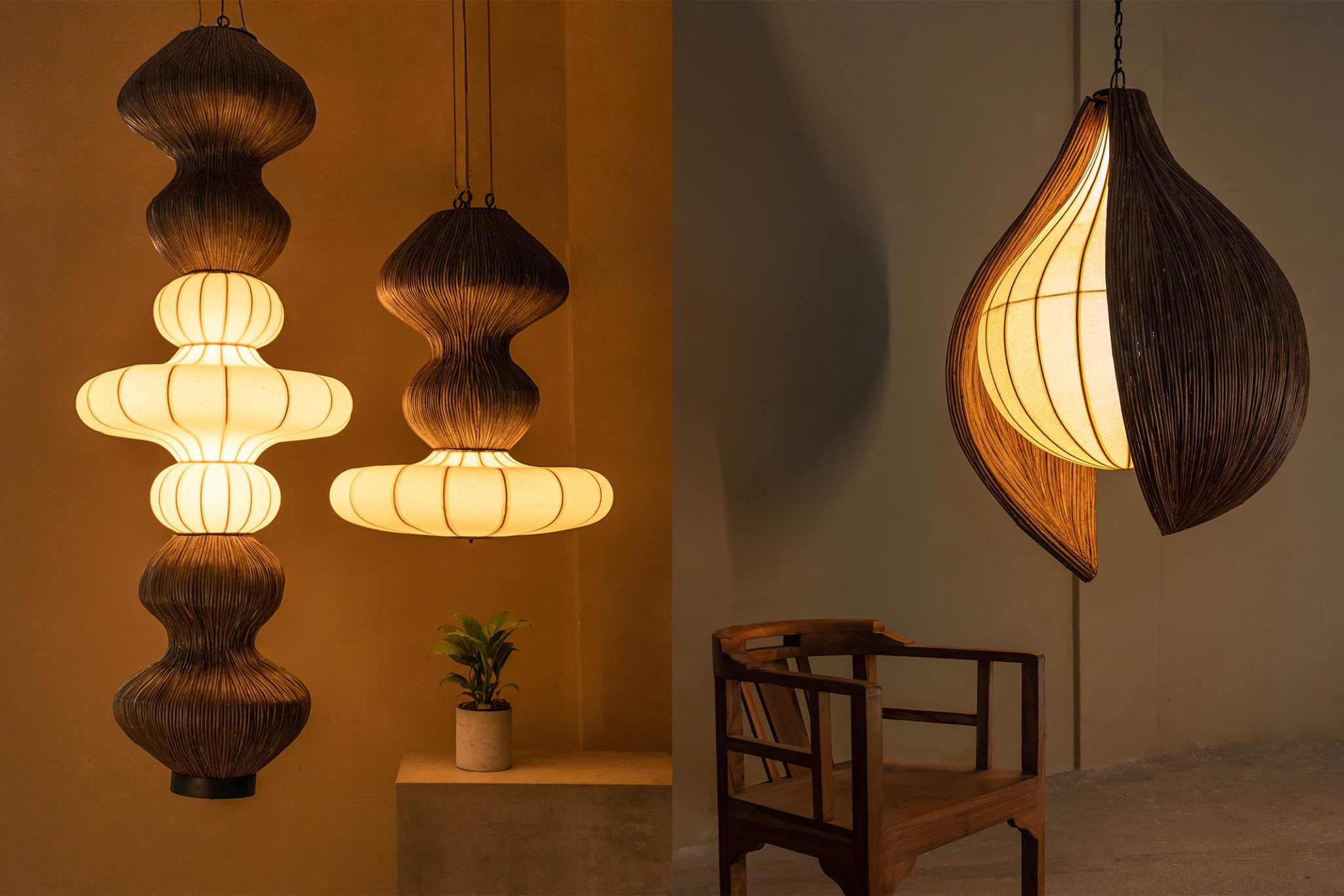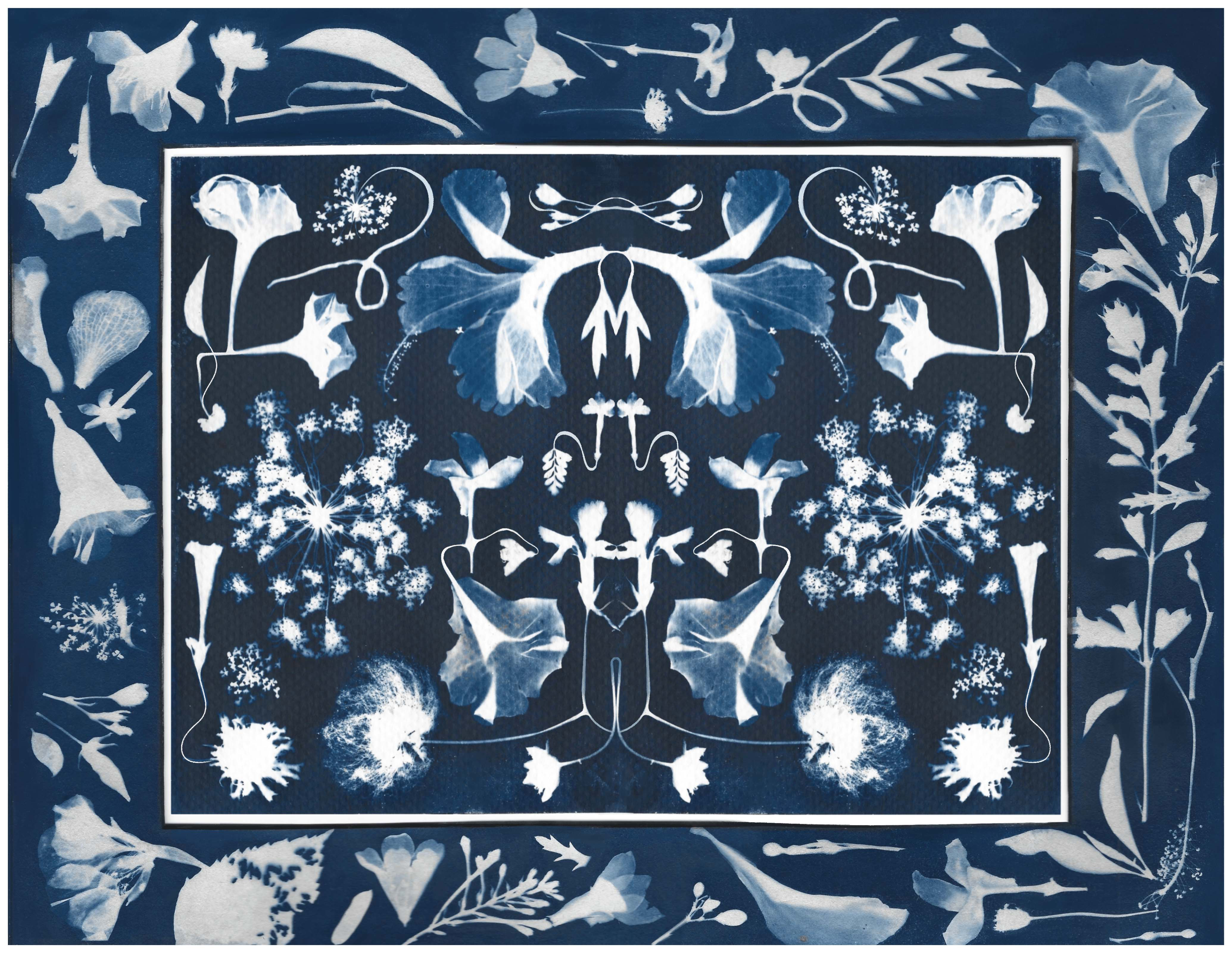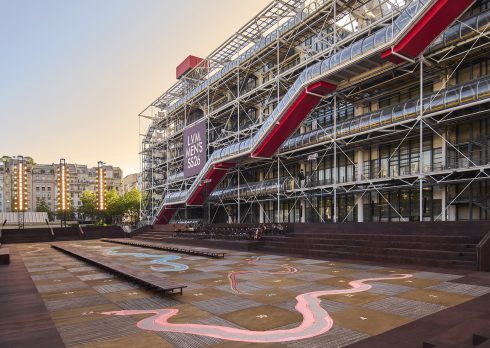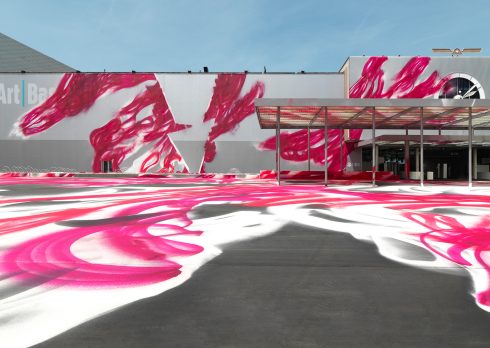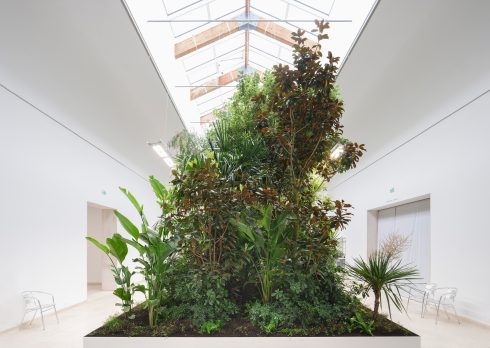With The Artist: Kaanchi Chopra’s Art Rethinks Plants Through Radiology
Kaanchi Chopra blends science and art to show flowers in a new way — not just as pretty things, but as strong, powerful symbols of what we lose and what survives.
- 16 Jul '25
- 4:01 pm by Alvira Dsouza
In Kaanchi Chopra’s world, flowers don’t just bloom — they reveal, remember, and resist. Her work sits at an unlikely crossroads of botany, radiology, and art, where medical-grade X-rays and thermal scans are used not to diagnose bodies, but to uncover the inner lives of plants. What begins as foraging and pressing ends as luminous compositions that feel equal parts clinical and ethereal. You’re not just looking at petals and stems — you’re witnessing fragility under a microscope, beauty reconstructed through radiation.
Trained in Industrial Design and Sustainability at RISD, Chopra’s practice is grounded in both scientific method and poetic instinct. She has scanned over 118 plant species — many native to India’s Aravali ecoregion — collaborating with radiologists after clinic hours, and sifting through hundreds of image slices to find the one frame where softness becomes legible. Her floral subjects, often seen as feminine and decorative, are revealed instead as historical, political, and resilient.
There’s a quiet urgency in her work. Each piece asks: how do we mourn what we’re losing, while still celebrating what survives? Chopra doesn’t offer easy answers. Instead, she offers a new kind of intimacy — one where even a wilting flower can become a luminous act of resistance.
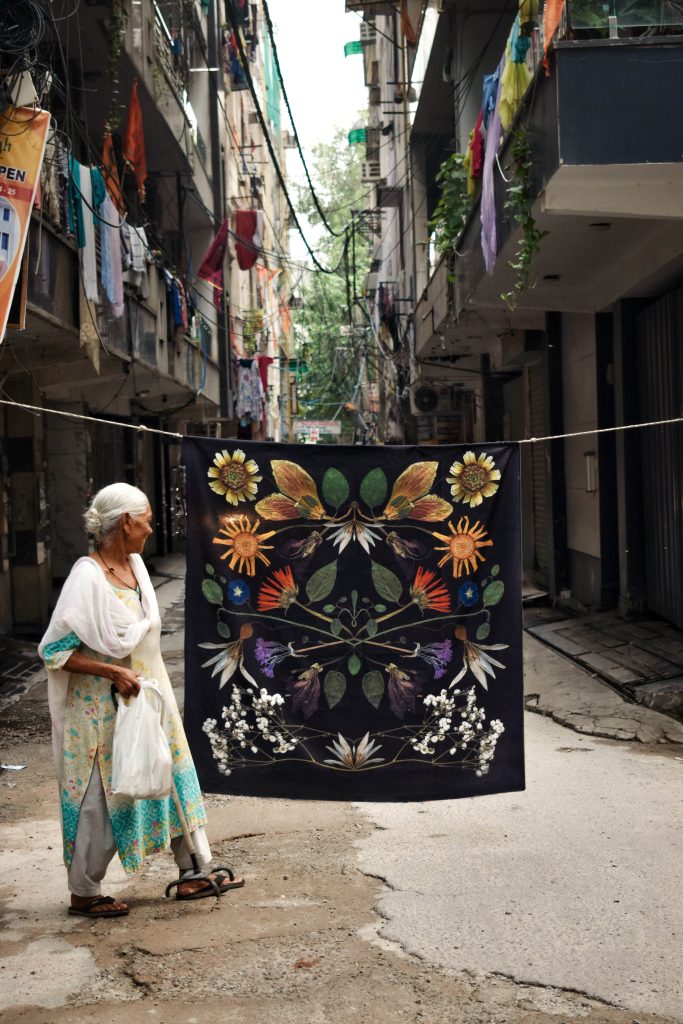
Design Pataki: How did the idea of combining radiology with botanical forms first come into your artistic practice? What equipment or tools were key to making this work?
Kaanchi Chopra: I first started experimenting with scanography during my undergraduate studies at the Rhode Island School of Design, where I majored in Industrial Design and Sustainability. RISD’s Nature Lab fostered my interest in biodesign and provided me access to high-resolution microscopes, 3D scanners and advanced imaging systems for exploring the myriad connections between artistic and scientific study. My team was a finalist for the Biodesign Challenge, typically presented at the MoMA, though ours took place online during the pandemic. From building a functioning aeroponic garden for a studio at MIT to now studying the anatomy of plants through medical-grade imaging, these early experiences shaped how I approach both material exploration and botanical storytelling.
The idea of combining radiology with botanical forms came from a deep longing to understand what lies beneath the surface of beauty. Over the past year and a half, I have foraged, pressed, preserved, and scanned more than 118 plant species, including 40 native to the Aravali eco-region. Dr. Renu, Dr. Saanchi, and Dharamvir Sir, all based in Agra, were incredibly generous in giving me access to their radiology machines after clinic hours. I also combine these tools with flatbed scanning, thermal imaging, and cyanotype printing to build layered, textured compositions that honour the complexities of the natural world.
Read More: The Ultimate Gallery Guide To Mumbai: 10 Must-Visit Art Spaces In Mumbai
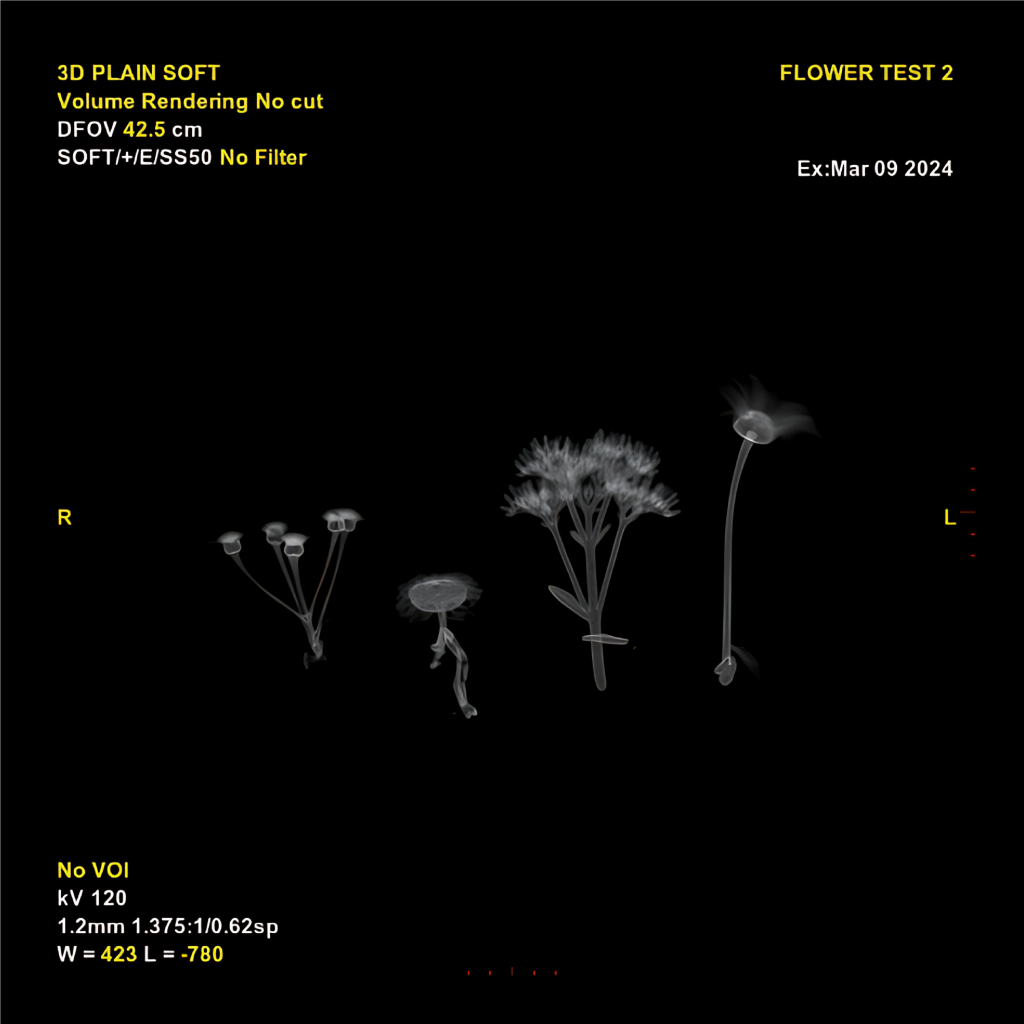
DP: Using radiation as a medium is unusual in art. What made you choose it, and what kind of meaning or metaphor do you think it brings to the work?
KC: Having grown up with little to no access to green spaces and carrying a deep sense of ecological grief, I try to make environmentalism accessible, joyful and tactile, instead of doom-laden or overly theoretical. Radiation as a medium allowed me to capture what is invisible to the naked eye. Radiology and microscopy move beyond texture and colour into the skeletal and cellular structures of each specimen. My guiding questions were: How do I better understand and capture softness? What does delicacy look like when there is no structure holding it up? And how can learning and living in nature become more playful?
I see these experiments as a reminder of tenderness and a way of witnessing the vulnerability of the changing natural world. Romanticising flowers can often feel dystopian given the looming climate crisis, yet the act of pressing and preserving them each day reminds me of what is truly at stake, and what still longs to be protected.
“The idea of combining radiology with botanical forms came from a deep longing to understand what lies beneath the surface of beauty.”
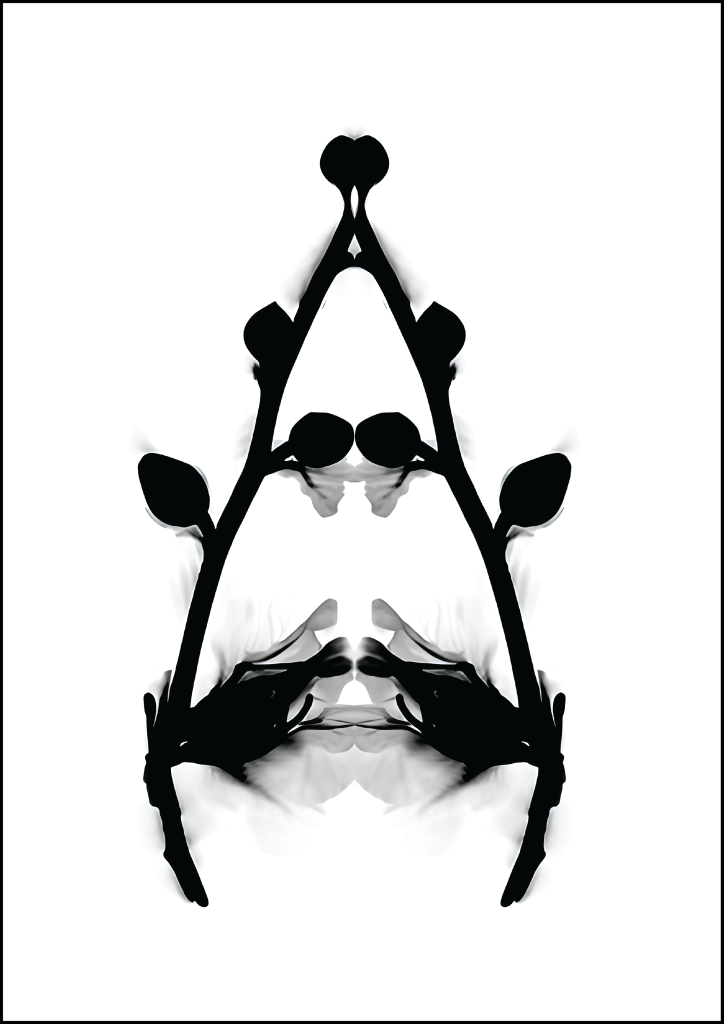
DP: Flowers are often tied to ideas of beauty, fragility, and femininity. How does your work question or expand on these associations?
KC: The lens of viewing flowers solely through beauty, fragility, and femininity flattens their complexity. For me, flowers are the visible seeds of humanity. My relationship with flora and crops is rooted in what they’re expressing in the present moment, and I’m also equally captivated by the histories embedded in the soil they grow from. I’ve touched the red pietra-dura poppies etched into the marbles of the Taj Mahal and Itimad-ud-Daulah, printed on Brigitte Singh’s textiles, and growing wild across Lodhi Gardens. These same poppies have been cultivated in India for opium since at least the 10th century. At one point, over 1.3 million households in northern India harvested poppies and contributed to 15% of British colonial revenue. The poppy’s history extends far beyond its petals; it also fueled the Opium Wars, where British imperialism weaponised addiction for trade, reshaping economies and lives across Asia. It’s surreal to forage and play with these seemingly delicate blooms, knowing they carry such layered histories.
Each flower is a breathing representation of survival and circularity. By preserving them, I try to honour their fleeting beauty while offering them a form of semi-immortality. With each composition, I try to find the right balance between repetition and complexity, or patterned complexity. It’s both intentional and instinctive. I think that’s why I enjoy playing with ‘fukinsei’ or asymmetrical balance, like a crooked stem, a wilted bud, or an unruly vine. It’s my way of honouring and expanding on the unpredictable rhythm of the natural world.
“Romanticising flowers can often feel dystopian given the looming climate crisis, yet the act of pressing and preserving them each day reminds me of what is truly at stake, and what still longs to be protected.”
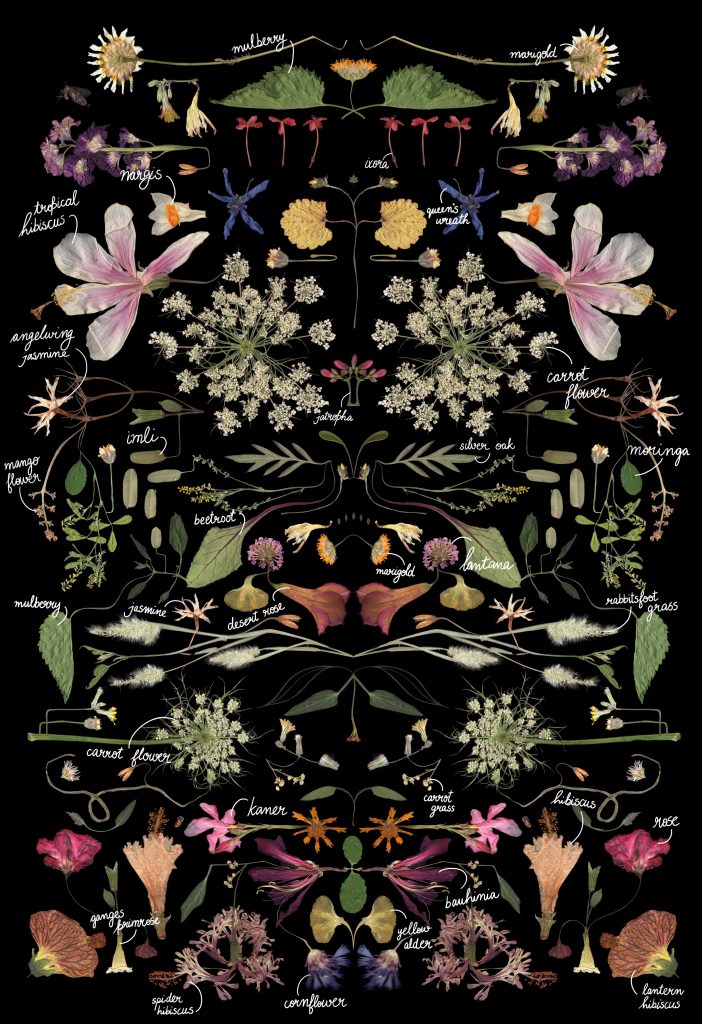
DP: Radiology and climate change don’t usually go together. What connects them in your work, and how do you make that connection visible?
KC: The most fundamental role of an artist is to observe, and I see scanography and radiology as powerful, underexplored tools for observing plant life. The connection between radiology and climate work, for me, is care. Radiology is about catching what we can’t see yet, like early symptoms of stress, decay, or imbalance. Environmental work also demands this level of attention and sensitivity. Last year, I founded Kohinoori, a social enterprise that works with farmers and street vendors across Northern India to collect surplus produce and crop residue. We transform this agricultural waste into biomaterials for packaging and paper, giving new life to what would otherwise be discarded or burned. It’s another form of deep listening and caring for both living and discarded plant matter.
My goal is to continue more radiological explorations that could contribute to the field of botany, offering scientists new ways of studying plant anatomy and uncovering facts we haven’t yet noticed, like how flowers adapt to heat stress, water scarcity, or pollution, all climate issues that we are facing at an alarming rate in India. For me, both my art and bio-design practice are ways of holding beauty and urgency simultaneously.
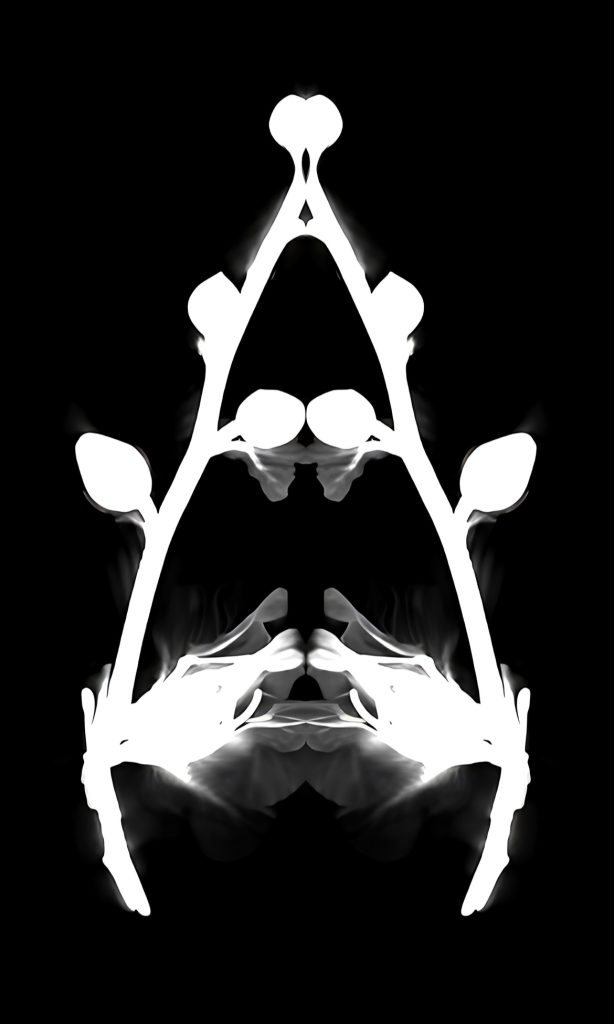
DP: Was there a specific plant or flower that surprised you when seen through radiological imaging? What did it reveal that you hadn’t expected?
KC: Both Hollyhock and Salvia gave me the most exciting results. The hollyhock, which appears bright and upright in life, unravelled into soft shadows with its inner petals vaporising into smoky folds. Salvia, on the other hand, revealed a striking verticality and almost architectural precision. Its stem scanned like a spine, with a rhythmic pattern formed by alternating leaves and floral nodes. It feels part skeleton, part ornament. Together, and in contrast, they remind me of decorative calligraphy, with the hollyhock dissolving into the atmosphere, and the salvia solidifying into form.
DP: You’re putting natural subjects through a very clinical process. How do you make sure the organic qualities of the flowers still come through?
KC: Initially, it was many rounds of trial and error on different machines. Each specimen was freshly foraged and carefully positioned to ensure it aligned with the radiation beam, and some of their fragile drooping stems were supported with twigs. All scans were conducted after clinic hours so as not to disrupt patient care. Once scanned, I sifted through hundreds of digital slices using the DICOM/PACS viewing software, selecting the frames that revealed the most transparency, subtle detail and high contrast. After the scans, all the flowers were preserved in a botanical press.
Read More: A New Stay Above the Bar: Permit Room by Dishoom Unveils Its Artistic Lodgings
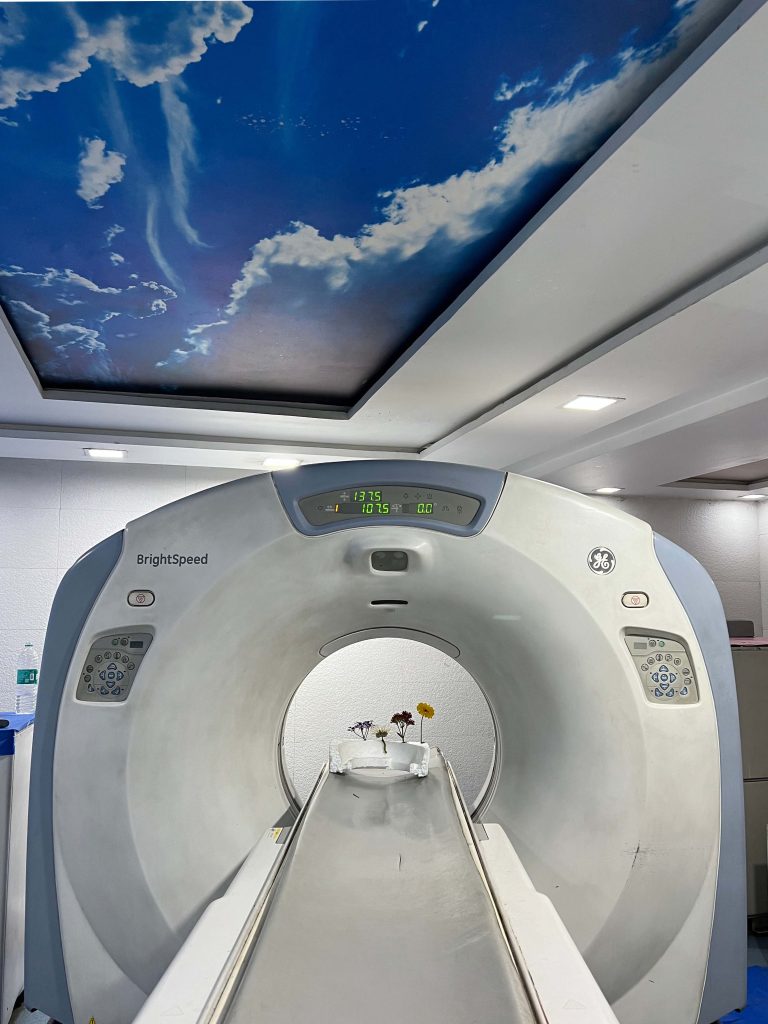
DP: Was there a moment during the process — maybe in the lab or studio — that felt unexpectedly personal, emotional, or creatively important to you?
KC: While the flowers were being scanned, we stayed in the adjacent room to ensure that neither the doctors, the technicians, nor I were exposed to radiation. As I worked with the software, I noticed the scan unfolding almost like a blooming sequence — a live animation or timelapse of the flower’s anatomy revealing itself, node by node, as if blooming from bottom to top.
One moment that truly stayed with me was receiving the actual X-ray film. Holding the physical sheet, with multiple garden flowers printed as luminous negatives, felt incredibly special. It was surreal to see these delicate forms captured in such a clinical format, yet still pulsing with softness and life.
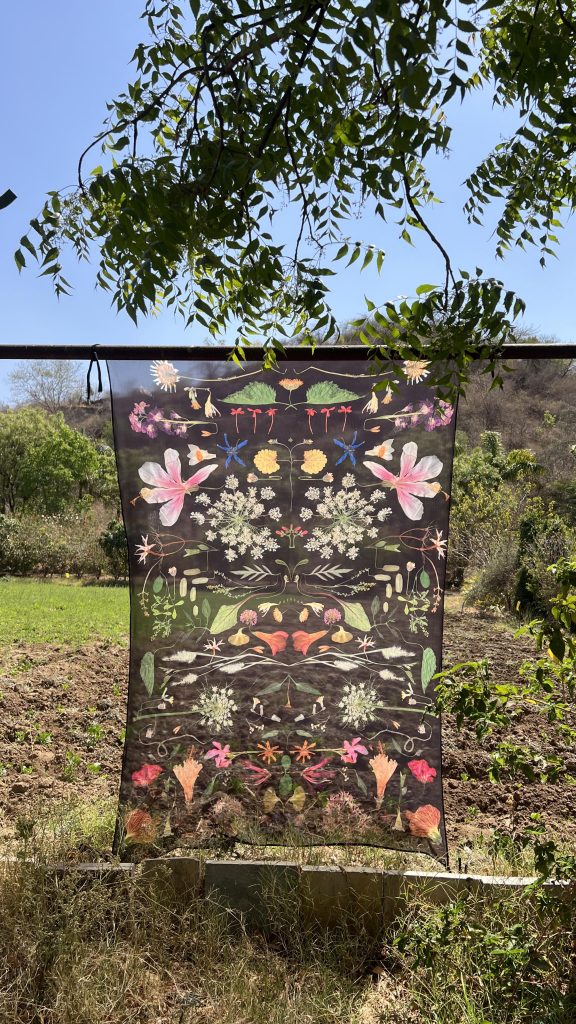
DP: Your work shifts how we look at plants. Do you think this kind of visual rethinking can make people see nature — and its fragility — differently?
KC: What defines my work is an intimacy with nature. My practice explores the emotional, ecological, and material potential of living and discarded plant matter. I work with foraged flora, agricultural waste, and scanographic technologies to uncover new ways of seeing what we often overlook. These scanned botanical prints are installed at a large scale in public spaces, inviting communities to engage with ecological stories rooted in their own neighbourhoods. Informed by research into native plants, circular design systems, and urban forest inequity, my process honours nature as a co-creator. Being in nature taught me to be more curious, and that’s what I hope my work offers others: the impulse to notice more. At my most recent art residency in Udaipur, I created a piece titled Abundance using 40 foraged species with the aim to share and educate about the native flora of the Aravali ecoregion. This piece was exhibited last month at New York’s Gul Gallery. For this ongoing project and past environmental work, I’ve been awarded grants by We Are a Family Foundation, The One Club for Creativity, RISD’s Steven Mendelson Award for Community Service, and the Maharam Fellowship.
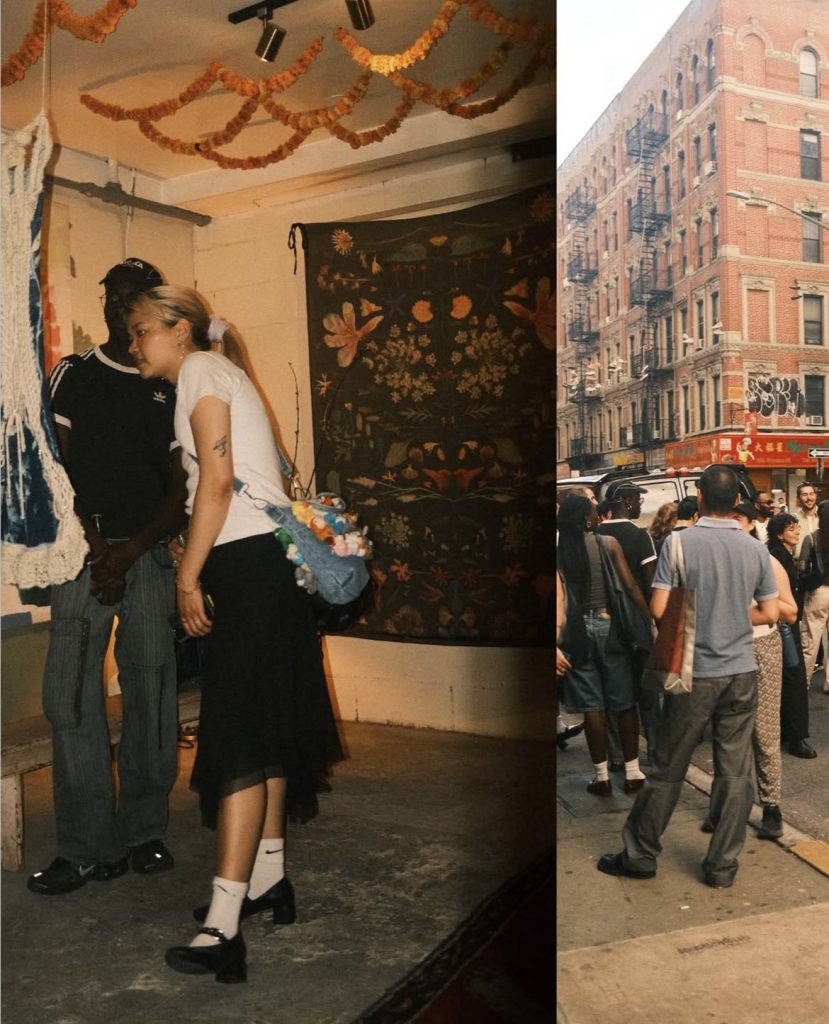
DP: If your work were shown outside a gallery, where would it feel most at home — in a forest, a science lab, or a greenhouse? And why?
KC: Because I look at nature as a form of nourishment, my work would feel most at home in a greenhouse. A greenhouse is an architecturally built structure, but it exists entirely to nurture, observe and cultivate plant life. It offers a controlled environment for growth, experimentation, and care, all of which mirror the conditions I try to create while working with botanical specimens. Greenhouses hold space for both the science of botany and the art of gardening. They feel less intimidating than science labs and more playful and inviting. What I also value is their accessibility, as a greenhouse can be built anywhere, at any scale. I grew up in a landlocked city where a forest felt like an abstract, distant concept. The idea of a greenhouse made nature feel closer and more tangible. Just as greenhouses make nature feel within reach, I want my work to bring the environment closer to those who feel distant from it.

